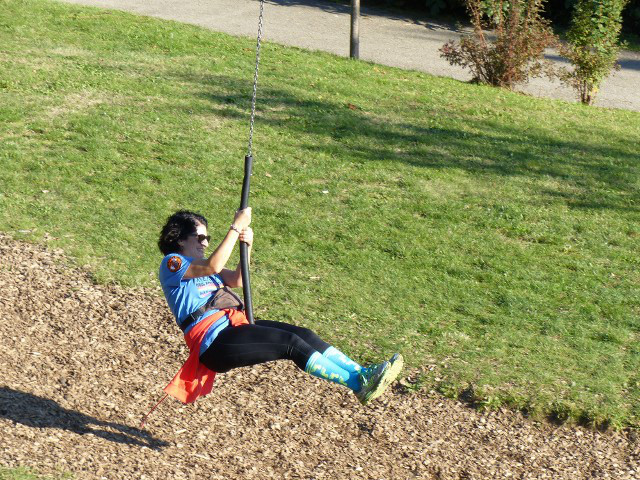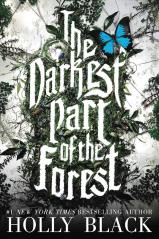Growing up in Colorado, I used to think we’d hit the jackpot when it came to natural disasters. Hurricanes never bothered us, earthquakes didn’t happen, and blizzards were easily handled with a pile of blankets and some advanced planning. While we were close enough to the mountains that tornados in our area were rare, we were also far enough away that wildfires weren’t much of a concern. But one weather phenomena we did have in abundance was thunder storms and with it, lightning. These lightning storms and Colorado’s dry climate are the main reasons Nikola Tesla traveled to Colorado Springs in May of 1899.
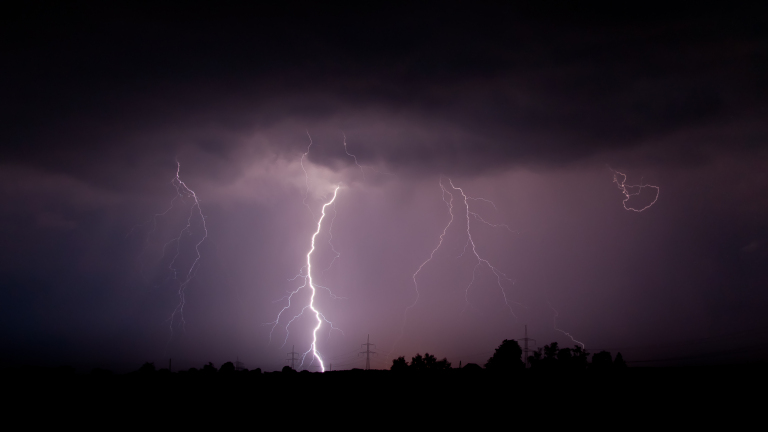
I’ve seen a lot of these natural light shows. A normal summer day consisted of a hot and sunny morning with a thunderstorm rolling off the mountains in the afternoon. If you wanted to go to the pool, you best not sleep in since eventually you would be chased out of the water by ominous, dark storm clouds.
Living in San Diego, I kind of miss the thunderstorms. In the nine years I’ve been living here (yes, nine, wow!) I’ve only seen an actual thunderstorm a handful of times and aside from the one time we got a tornado warning in Del Mar, it’s nowhere near as beautiful (or as dangerous) as the type of storms Colorado tends to produce. In my parents’ house, there’s a series of pictures that’s been hanging up for as long as I can remember that my dad took one summer. It’s aptly titled “Armageddon”.
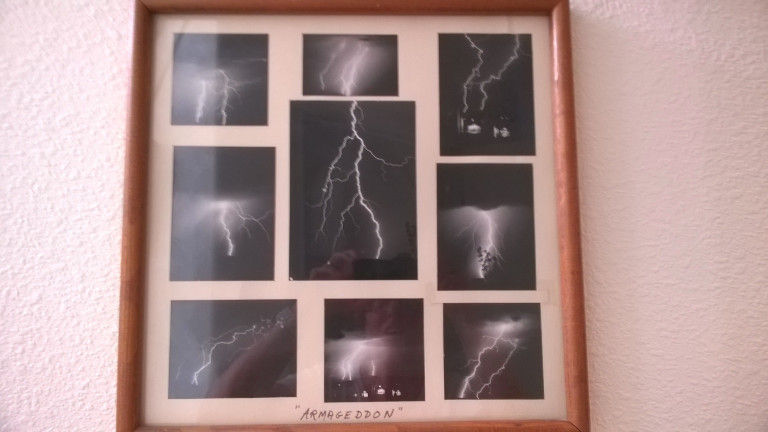
Depending on where you live, you might not know that lightning actually comes in colors! Yes, colors! I’ve seen white, of course, but also purple and red and twice I’ve had the fortune of seeing “thundersnow”: the rare phenomenon of a thunder storm coupled with snow! I always thought the different colors of lightning were merely a trick of the light or the eye (is that still a trick of the light?) and nothing more. But as I’ve been doing research for my novel, I found out that colored lighting actually tells you something about the lightning and the atmospheric conditions of the storm!
According to the National Severe Storms Laboratory (NSSL) “lightning can appear to be many different colors depending on what the light travels through to get to your eyes. Haze, dust, moisture, raindrops and any other particles in the atmosphere will affect the color by absorbing or diffracting a portion of the white light of lightning.”
A Reddit Ask Science forum also had this to say about the colors of lightning: “When white light passes through the Earth’s atmosphere, the molecules that make up the air (nitrogen, oxygen, and argon) will scatter the wavelengths of visible light disproportionately. Shorter wavelengths are scattered more than longer wavelengths by a factor of roughly 3.5:1. This causes a beam of white light to appear yellowish. As the light travels through more air, the shorter wavelengths are depleted even more and now the yellow wavelengths are being significantly depleted causing the light to appear reddish. So the more air between you and the light source the redder the object appears. A lightning flash reaches temperatures of about 30,000 K (54,0000°F) which is five times hotter than the surface of the sun. Objects with this temperature would emit a brilliant white light. The closer the lightning flash is to you, the whiter it appears. Distant lightning flashes will have a yellowish color because the light has to travel through more air molecules. If there are raindrops between you and the lightning flash, the color will appear reddish. Sometimes fine dust particles are eroded from the surface by the wind beneath the cloud and lifted into the air. These particles will also scatter the light and give the lightning flash a yellow/orange appearance.”
In lay terms, basically the closer you are to the lightning and the less interference from dust and other pollutants, the more white it will appear. The further away it is and the more dust and pollutants in the air, the more yellow or even orange it will appear. You can think of a flame…the center is often white or nearly white where the fire is hottest and the outer edges appear orange and red where the fire is cooler. Raindrops in the air also cause the lightning to appear reddish…you have probably often seen purple lightning with thunderstorms that have a significant amount of rain. Other colors are possible, though more rare. The NSSL mentions that during the thundersnow phenomena, the lightning can appear pink or even green!
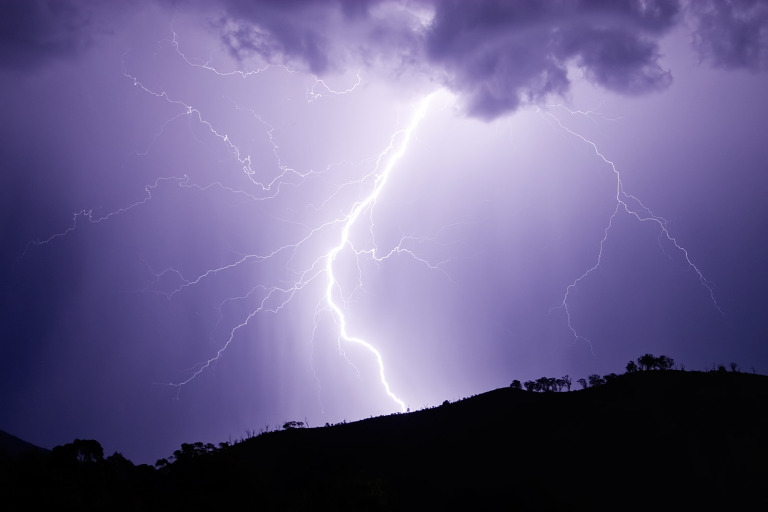
Bonus fact: if you’re always trying to remember whether lighting or thunder comes first, lightning comes first because light travels faster than sound! You cannot have thunder without lightning because lightning causes thunder. NSSL has a great description of how lightning causes thunder here.
A little off topic, but while doing research I found these two insane videos of what happens to wood when lightning hits it…worth a watch!
Next week I’m going to be diving into the great feud between Nikola Tesla and Thomas Edison, the “War of Currents”!
Advertisements Rate this:Share this:



